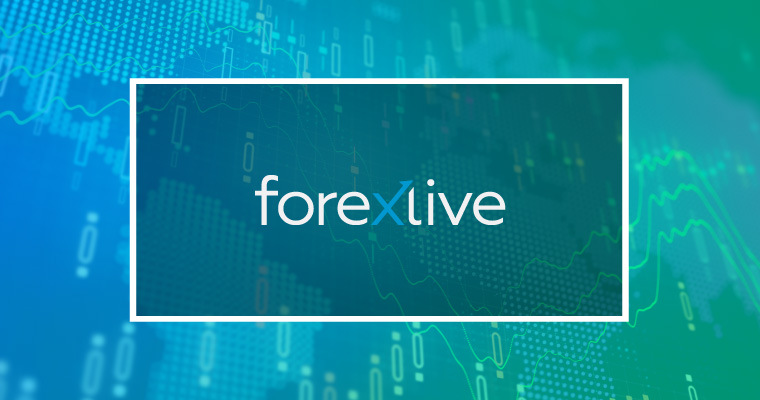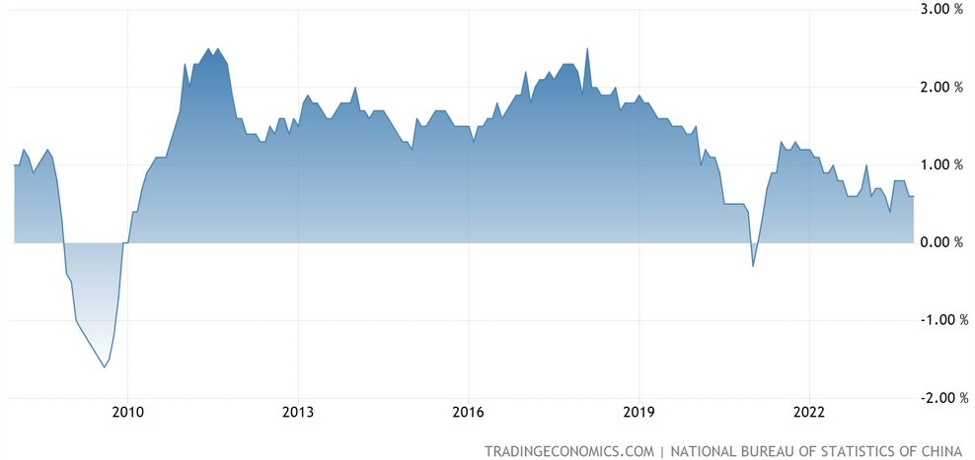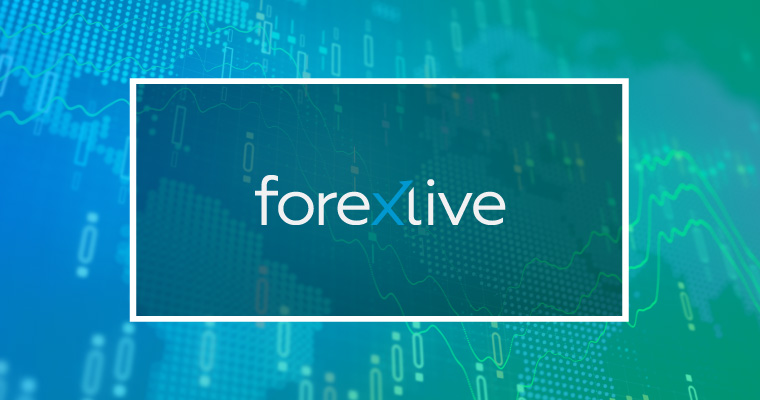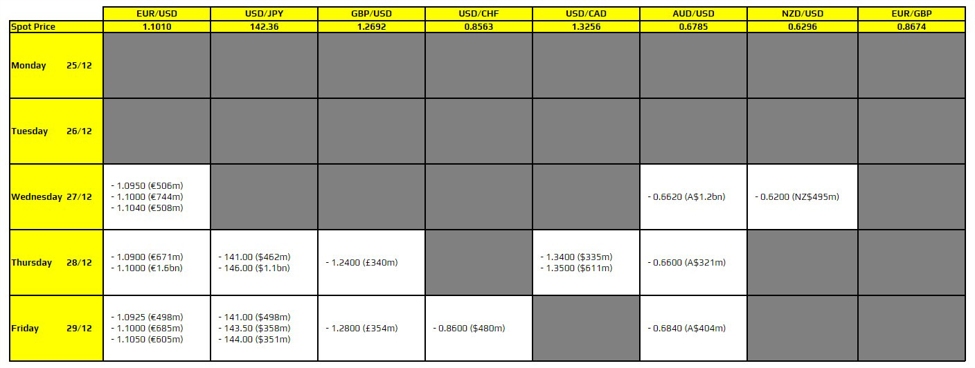If you’ve ever wondered why I publish the interest rates expectations for major central banks so regularly, then this article will clear things up.
The main thing driving market prices is expectations. The market’s ebb and flow is guided by the pricing and repricing of future expectations. This doesn’t mean it’s always right, in fact, there are times when it’s wrong, and those times offer trading opportunities.
Conditions change, and when they change the market readjusts its expectations which is then reflected in asset prices. That’s why you should never trade the present because the present is already in the price. It’s what the market has priced in the prior days, weeks or months depending on the underlying reasons.
Knowing the underlying expectations is critical for trading success. If you have a good understanding of what’s already expected by the market, you can not only spot the changes and make money, but you can also avoid trading what’s already priced in and preserve your capital.
We had some great examples in April. Before the “Liberation Day”, the market was expecting around 50% tariffs for China and 10% reciprocal tariffs for all the other countries. When Trump announced much higher than expected tariffs, the market started to price in potential retaliations, a global slowdown and even a recession.
By April 9 those were the underlying expectations, but they changed once again when Trump announced the pause for negotiations. From that point onward, the market started to price in de-escalation and price out the negative outcomes.
The market didn’t care much about the economic data not only because it was old news by then, but also because it didn’t have the power to change expectations.
When you know what’s priced in, then you should focus on what new developments could trigger a change in those expectations. That change will drive prices and you will be able to capitalise on it.
ForexLive.com
is evolving into
investingLive.com, a new destination for intelligent market updates and smarter
decision-making for investors and traders alike.














